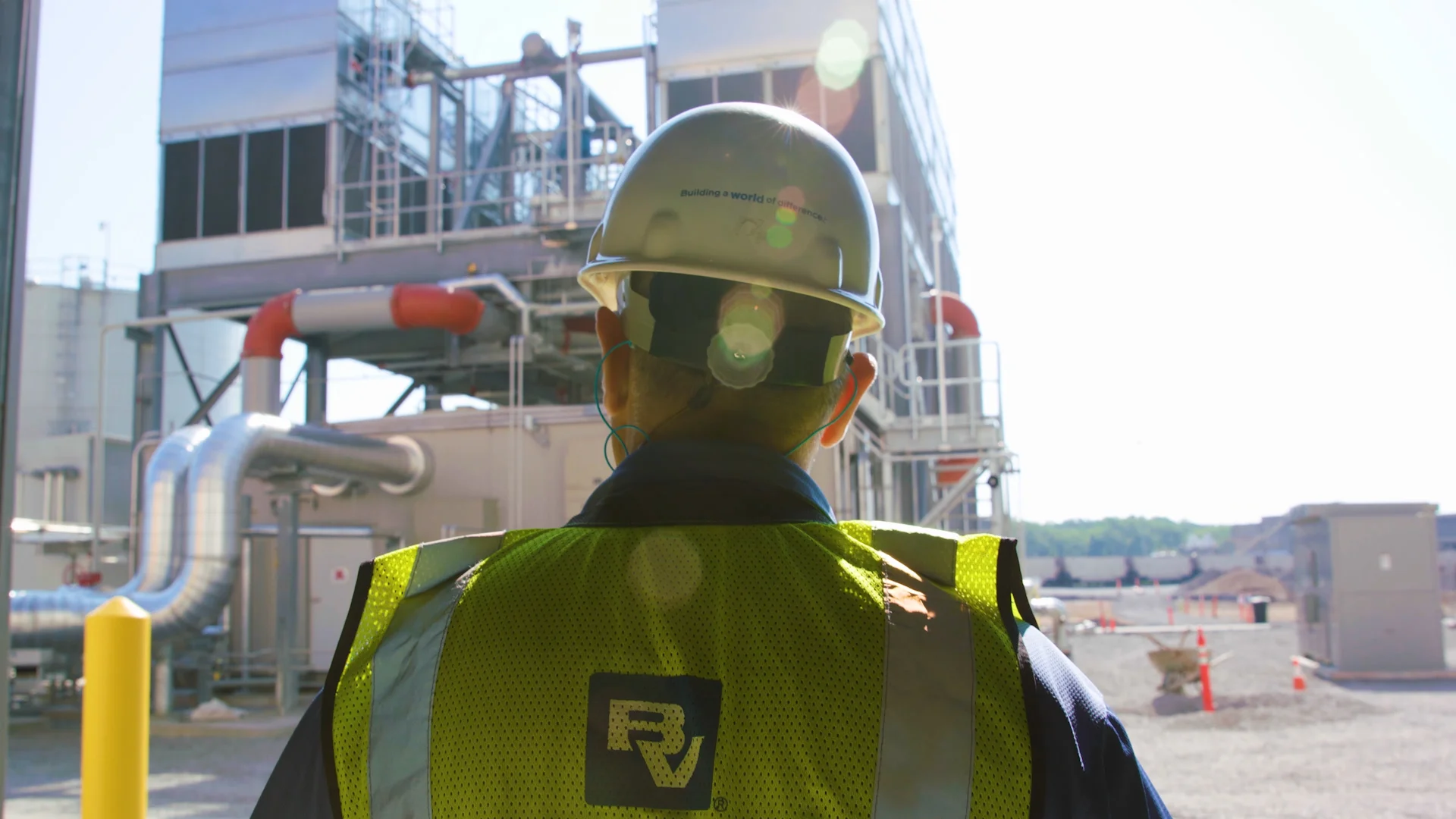Industrial Wastewater Treatment Keeps Power Facilities Compliant

- Project Name
- Low Volume Wastewater Treatment System
- Location
- U.S.A
- Client
- Midwestern Energy Center
A large utility located in the Midwest with more than 1 million electric and natural gas customers, needed to make improvements to two of its coal-burning plants which have a combined generation capacity of more than 3,500 megawatts.
To facilitate plant changes necessitated by the Coal Combustion Residuals (CCR) rule that took effect in 2015, the plants needed to build a low volume wastewater (LVW) treatment system. The new CCR rule prompted closure of the plant’s ash impoundments. These impoundments also received low volume wastewater from the plant. The low volume wastewater includes water used for dust control, water from floor and equipment drains, water treatment wastewater, and storm water runoff.
In 2013, Black & Veatch was asked to team with the utility's engineers and plant operations to determine the best compliance approach, provide detailed design, and support construction. The solution, expected to start operating in late 2018, includes a modified storm water management system, demineralizer regeneration wastewater neutralization system, modified maintenance wash water systems, and a new low volume wastewater treatment system consisting of settling basins and pH adjustment systems.
Black & Veatch and the utility's engineers initially spent nine months studying the feasibility of various design alternatives. After a preliminary treatment concept was established, another nine months was dedicated to sampling wastewater, measuring key flow rates, and performing treatability studies. The conclusions from these studies established a design basis that was used to guide the detailed system design. Several key conclusions resulting from this discovery phase included confirming the favorable settling characteristics of the solids in the wastewater, understanding the impact that seasonal and plant operating conditions has on water quality and flow, and establishing the need to segregate portions of the site storm water flow to minimize treatment system sizing.
By 2016, Black and Veatch had completed an approved design and is now supporting construction of the systems including new storm water detention basins, concrete low volume wastewater settling basins, neutralization tanks and chemical feeds, piping modifications, pumps and piping, modified auxiliary electric systems, and updated DCS controls.
The new LVW treatment systems are expected to start operating in late 2018. Connection will coincide with planned plant outages for regular maintenance, ensuring minimal impact on power generation operations.
Contact Us
Looking for a partner in innovation?
Let's Talk
